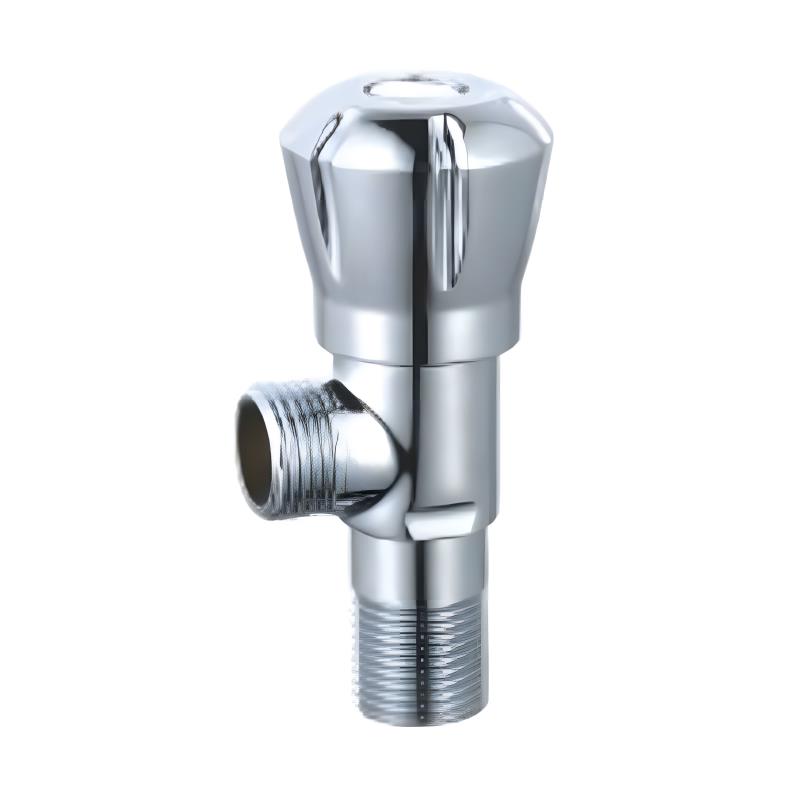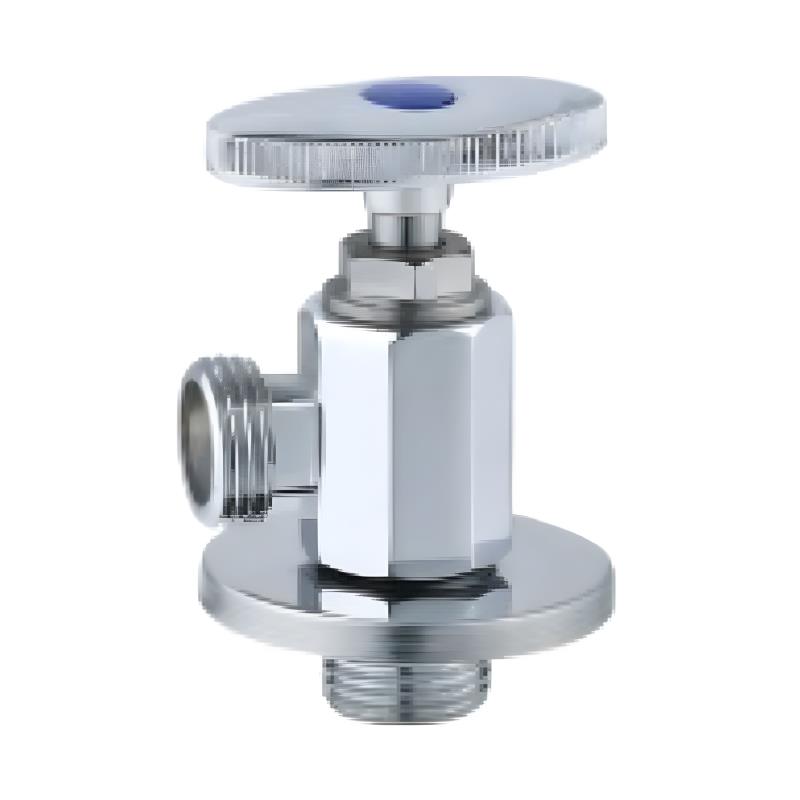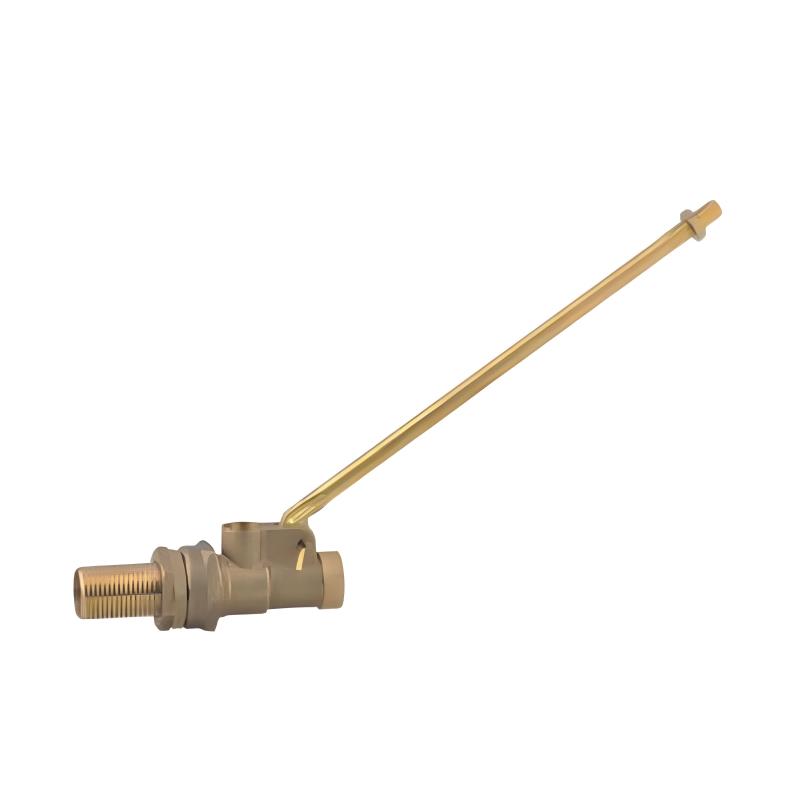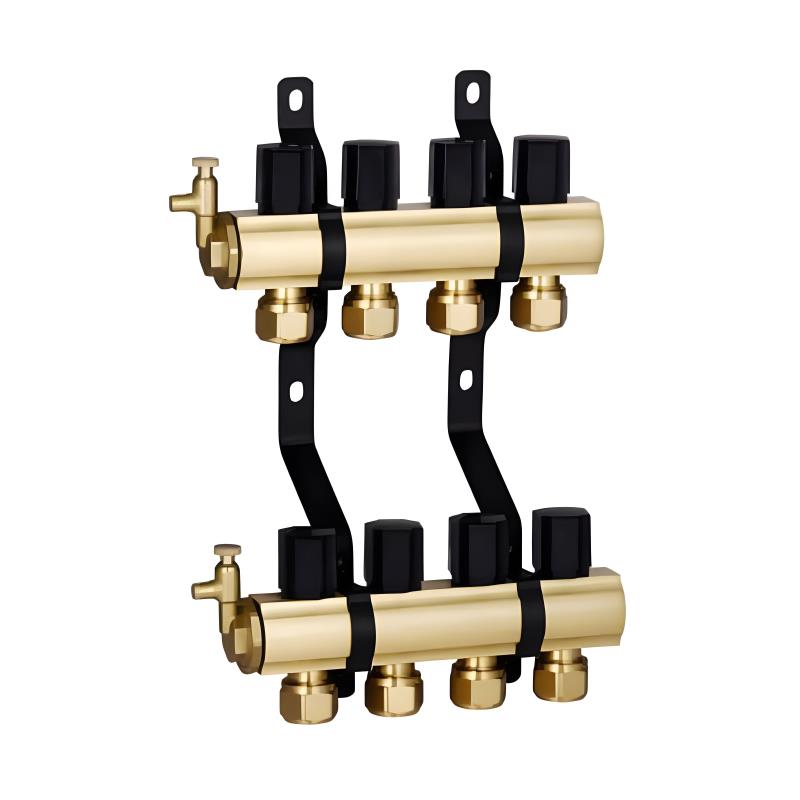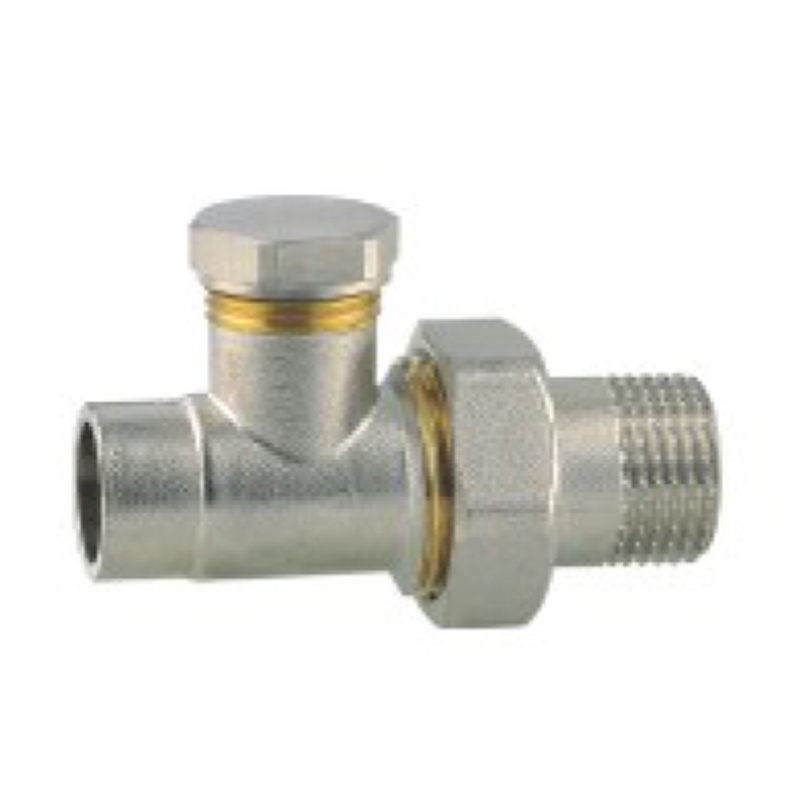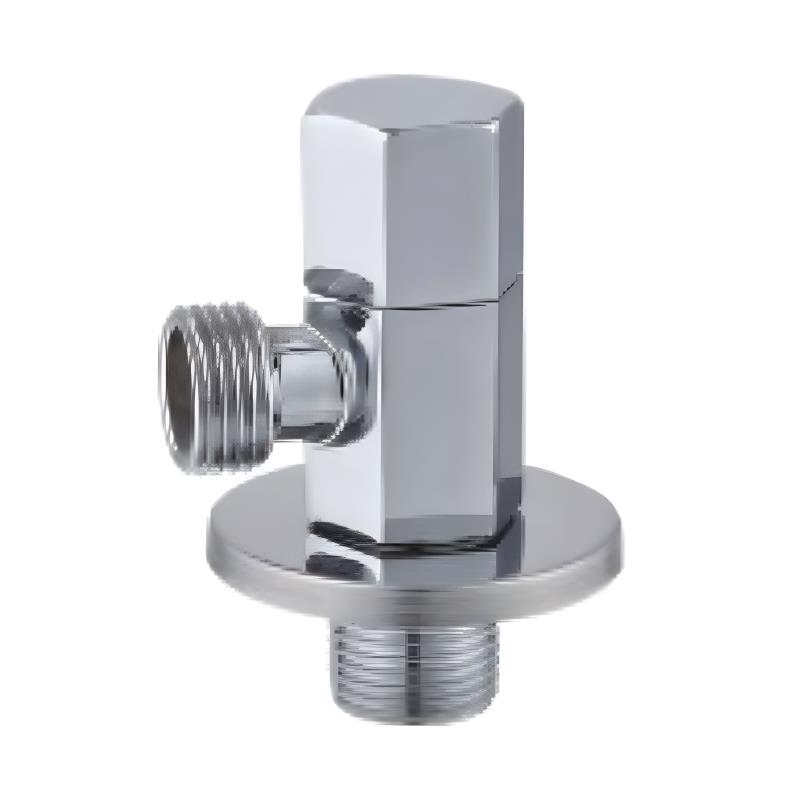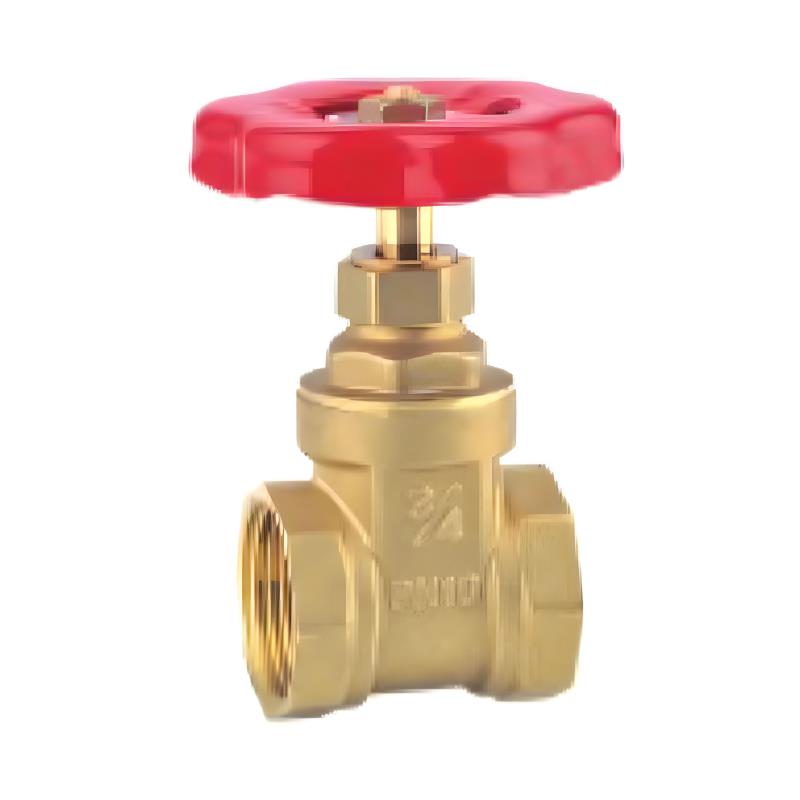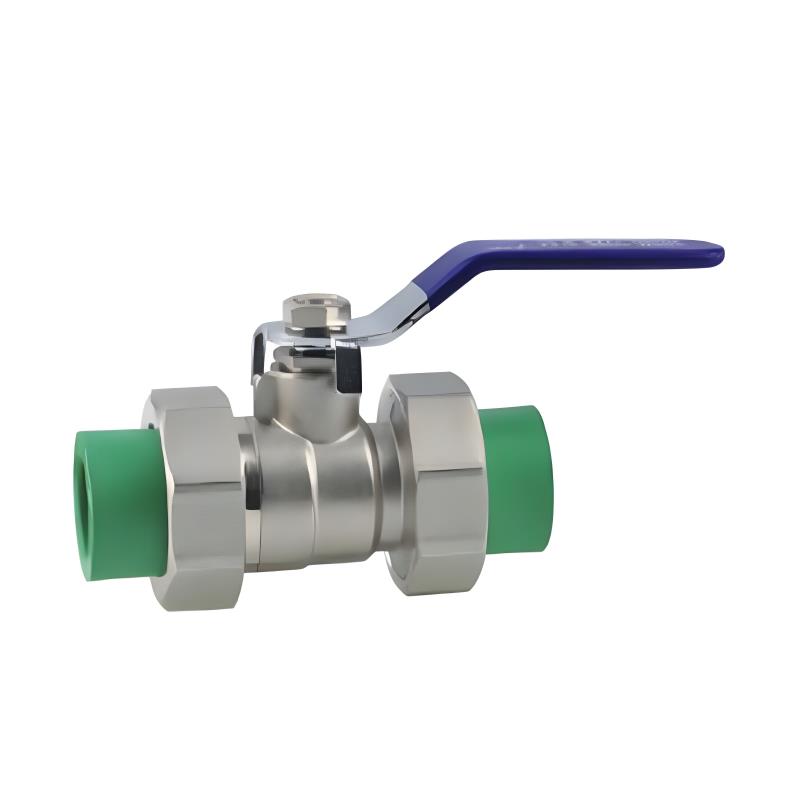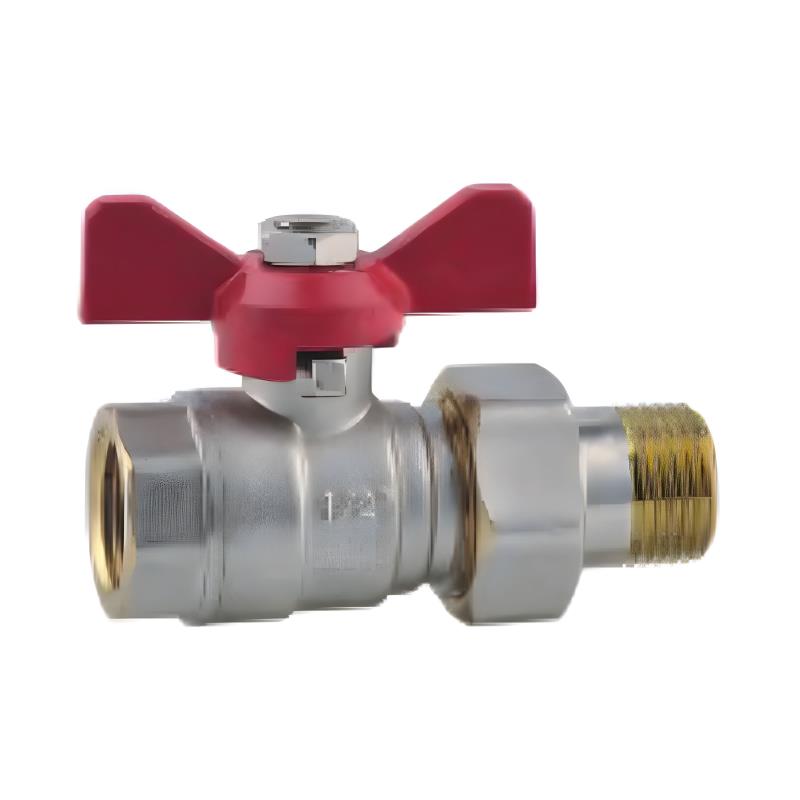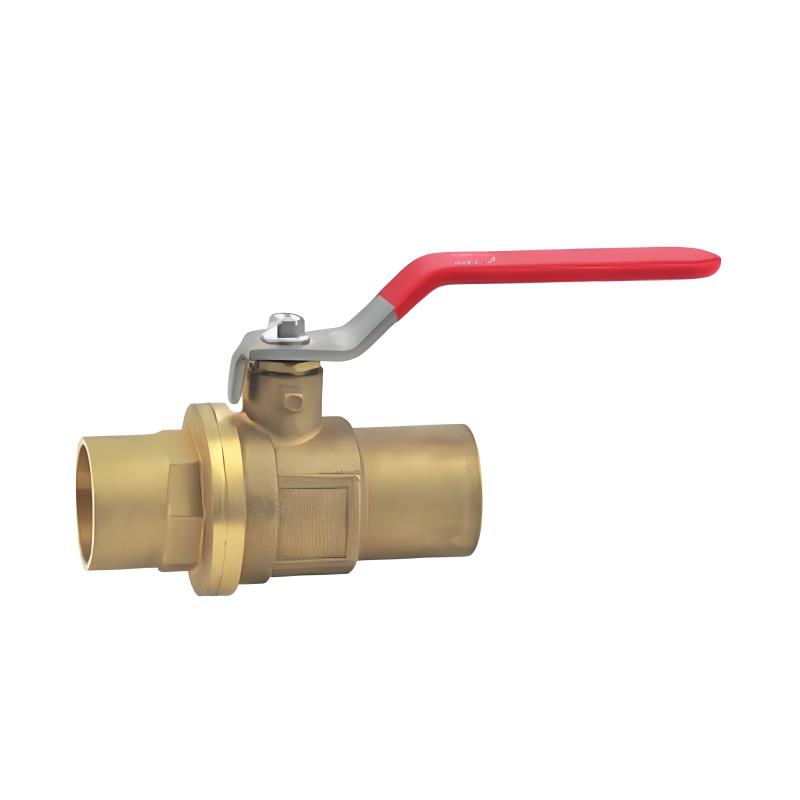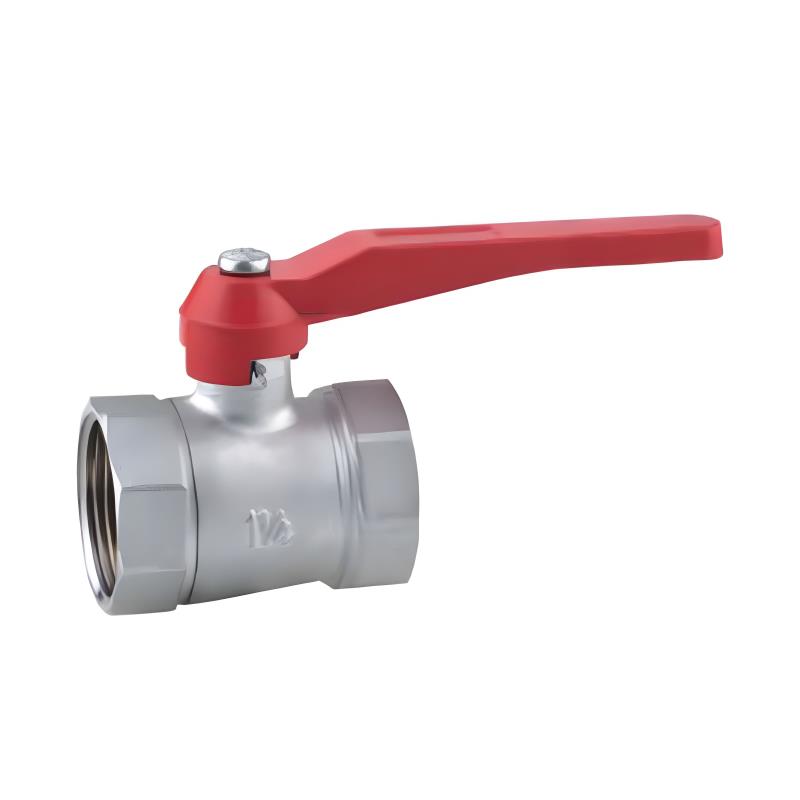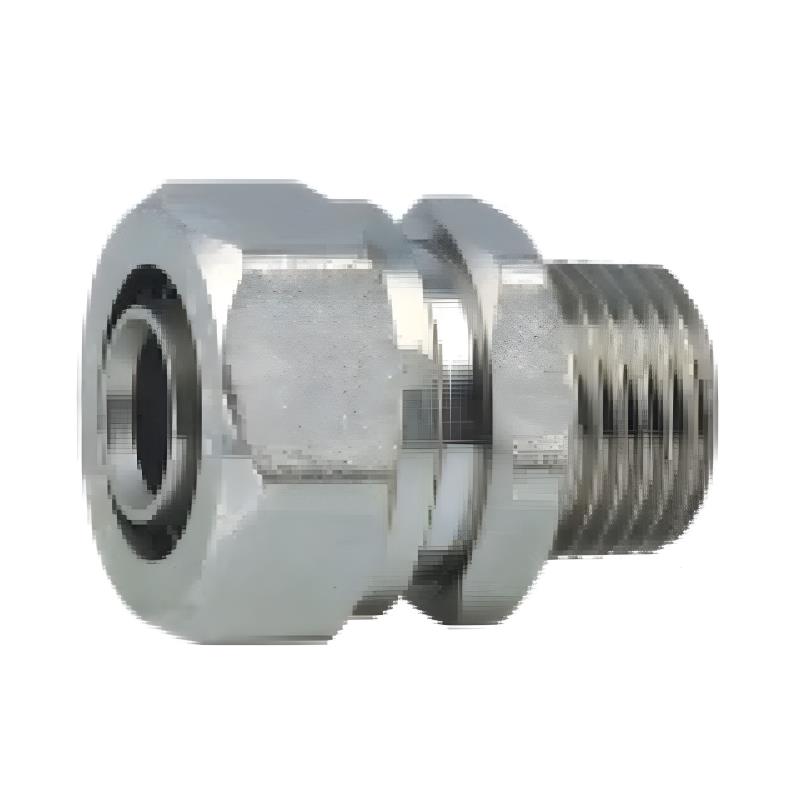Submit feedback
How Quick Joint Connectors Simplify Installation for Modern Systems?
In today’s fast-paced industrial and residential environments, reducing installation time without compromising reliability is a key priority. Whether in automation equipment, pneumatic systems, or drinking water setups, efficient connectivity plays a crucial role. That’s where the quick joint offers a practical and reliable solution.
Engineered for simplicity and speed, a quick joint allows users to connect pipes, hoses, and tubes with minimal effort. With growing demand for convenient solutions in both commercial and household sectors, the quick joint has become an increasingly popular choice across Europe and North America.
What Is a Quick Joint?
A quick joint is a connector designed for easy and fast installation. It typically allows tubing or hoses to be inserted directly into the fitting, where it locks automatically without the need for additional tools. This push-to-connect system eliminates the hassle of using wrenches, clamps, or adhesives, making it ideal for both professionals and DIY users.
The design of a quick joint varies depending on its application, but most models share common features such as integrated self-locking mechanisms, secure seals, and durable construction materials. Whether you're working on a water filtration system or assembling pneumatic lines in a factory, the quick joint brings ease to the process.
Tool-Free Connections: A Game-Changer
One of the most significant benefits of a quick joint is that it requires no tools for assembly. Traditional fittings often demand a combination of tools and multiple steps, which slows down the workflow and increases the margin for error. In contrast, a quick joint allows users to connect components in seconds.
For example, when installing tubing in an automated production line, time is critical. With a quick joint, workers can swiftly secure connections without reaching for tools. This not only boosts efficiency but also reduces downtime during maintenance or reconfiguration.
In household settings, such as under-sink water filters or air conditioning systems, a quick joint lets users perform simple installations on their own. The intuitive design is especially appealing to customers seeking a no-fuss solution.
Push-to-Connect: Faster Assembly and Less Fatigue
The push-to-connect mechanism is at the heart of what makes a quick joint so effective. By simply pushing the tube or pipe into the fitting, the internal mechanism automatically grips and locks it into place. This hands-on design simplifies the assembly process and minimizes physical strain on workers, especially in repetitive tasks.
For businesses in sectors like HVAC, plumbing, or industrial automation, adopting quick joint technology translates into quicker project turnover and higher labor efficiency. In Europe and the US, where labor costs are high, such time-saving features offer long-term value.
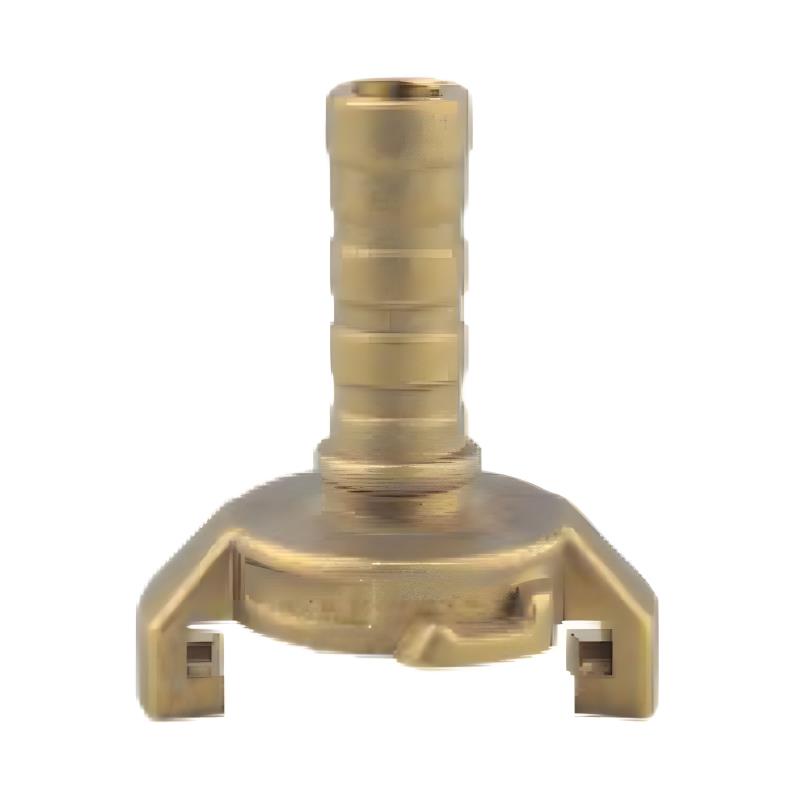
Application Versatility
From factories in Germany to workshops in Texas, the quick joint is used across a wide range of industries. Common applications include:
Pneumatic systems in automation
Water purification systems
Compressed air lines
Medical devices
Agricultural irrigation systems
Home improvement setups
The widespread use of the quick joint stems from its adaptability. Whether connecting plastic, copper, or composite tubing, it can support a variety of systems with minimal compatibility concerns.
Safe and Secure Connections
Although easy to use, a quick joint does not compromise on security. Internal components are designed to prevent accidental release, ensuring a strong hold even in high-vibration environments. Many quick joint models also include a release collar or ring that must be pressed to disconnect, reducing the chance of unintentional separation.
This is particularly important in sectors like food and beverage or pharmaceuticals, where system integrity must be maintained without constant supervision.
Long-Term Cost Efficiency
A quick joint offers more than just installation convenience—it delivers operational cost savings. Reduced installation time means lower labor costs. Fewer tools required translate to less investment in equipment. The ease of maintenance with a quick joint also leads to quicker system checks and part replacements.
In regions like North America and Europe, where skilled labor is both expensive and in short supply, the quick joint supports leaner operations and faster response times.
Eco-Friendly and Reusable
Many quick joint fittings are reusable, especially those made from high-grade plastic or stainless steel. When properly maintained, they can be detached and reinstalled multiple times, reducing waste and supporting sustainability goals.
For companies and consumers increasingly focused on environmental responsibility, choosing a quick joint aligns with greener practices.
From simplifying installations to reducing operational costs, the quick joint offers numerous advantages for both industrial and household applications. With tool-free assembly and push-to-connect functionality, it empowers users to work faster and smarter.
Whether you're building a high-performance production line or installing a home water system, the quick joint is a practical, reliable connector that meets the needs of modern systems. As demand for efficiency and convenience grows in the US and Europe, the quick joint stands out as a smart, future-ready choice.
 +86-13989680588
+86-13989680588 graylin@hongjiavalve.com
graylin@hongjiavalve.com 
